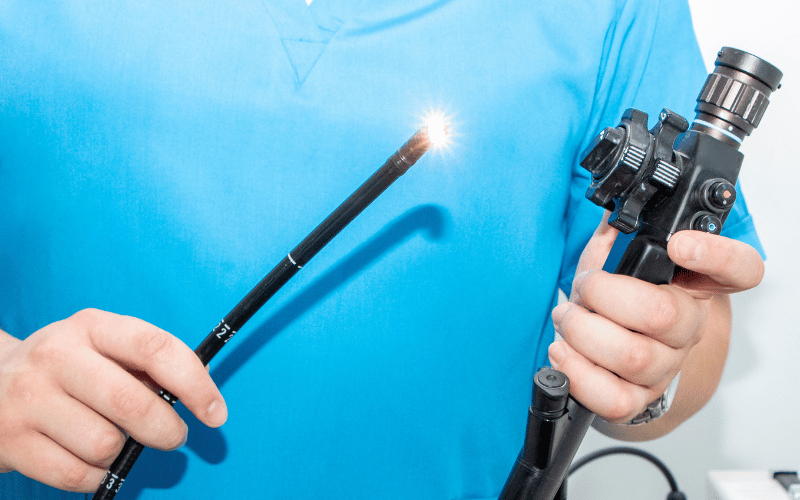5. The Diagnostic Journey: Tools of the Trade

Identifying a hiatal hernia isn’t a straightforward journey of linking symptoms to the condition. Given the overlap with other digestive disorders, the road to diagnosis often requires a range of tools and tests. One of the primary diagnostic tools is an endoscopy. This procedure involves using a thin, flexible tube with a light and camera at its tip to examine the inside of the esophagus and stomach.
Barium X-rays, too, prove invaluable. Here, the patient drinks a liquid that coats the digestive system. Subsequent X-rays then provide visuals of the silhouette of the esophagus, stomach, and upper part of the small intestine. This imaging can shed light on hernias and other potential anomalies.
Esophageal manometry is another intriguing tool in the diagnostic toolkit. It gauges the rhythmic muscle contractions in the esophagus when swallowing, the coordination and force exerted by the esophagus muscles, and how well the lower esophageal sphincter functions. Such intricate details help pin down the exact nature of the problem.
Beyond these, pH testing can measure the acid levels in the esophagus, helping gauge if symptoms are due to acid reflux from the stomach. Each of these diagnostic tools offers unique insights, collectively painting a holistic picture that aids in pinpointing the presence and type of hiatal hernia.
There’s more to explore in the realm of hiatal hernias, each facet more intriguing than the last. However, with the knowledge acquired, the path forward becomes clearer, driving informed decisions and fostering a deeper understanding of the condition. (5)